N/A
Snap Stories
The Red Sox Are the Biggest Loser of MLB's Wild Offseason
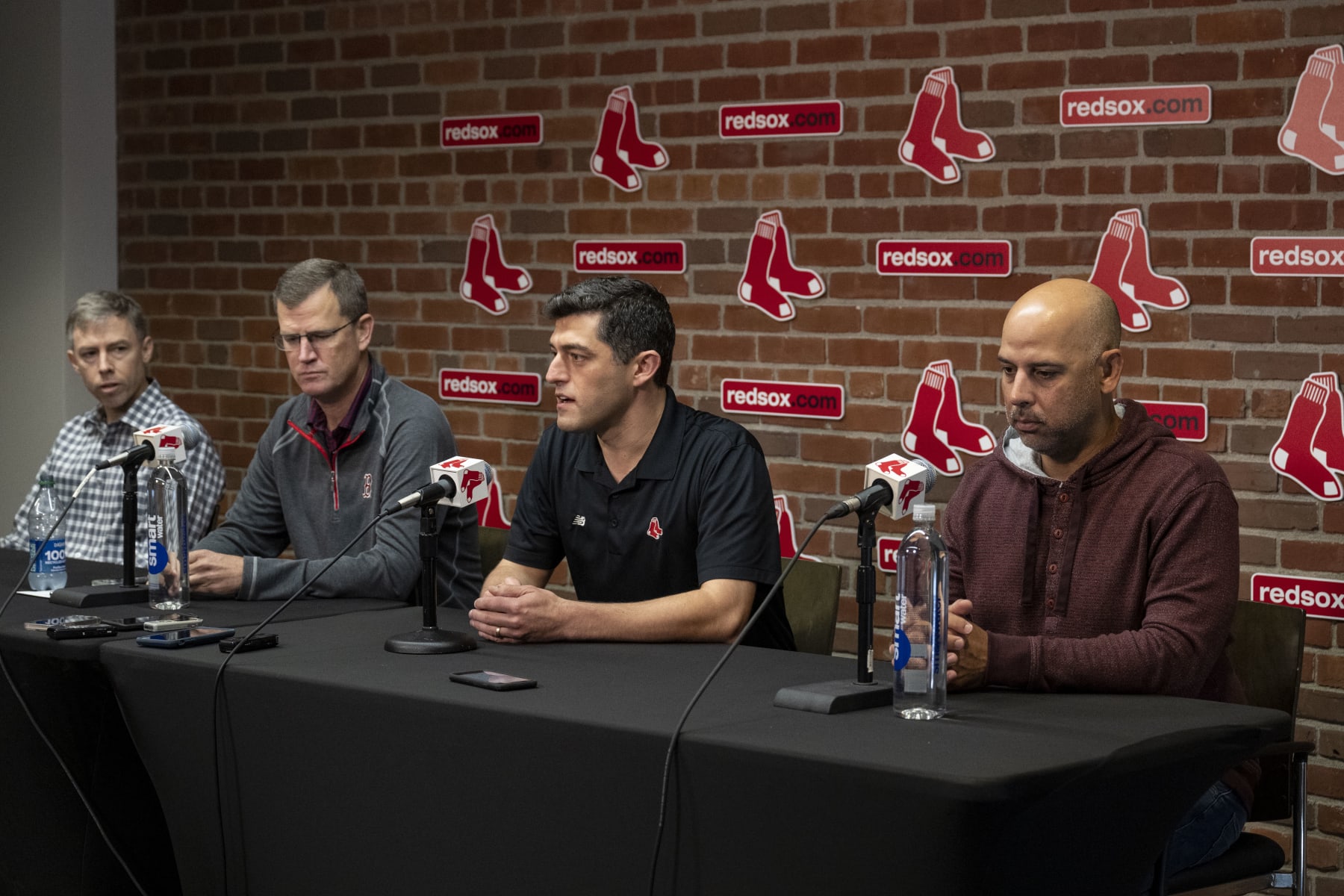
The Boston Red Sox have been through such things as an 86-year championship drought, Chicken-and-Beer-Gate and Bobby Valentine's managing, so the phrase "low point" has no business being used in conjunction with the offseason they're having.
But "baffling point?" Or "befuddling point?" Now we're talking.
While other teams revel in their contributions to Major League Baseball's record-setting $3.5 billion offseason, the Red Sox are in a corner typically reserved for the Eeyores and Richie Tenenbaums of the world. Heavy losses will do that, and it feels like they've suffered even more of those this winter than they did during their pitiful 36-53 slide to last place in the American League East during the back half of the 2022 season.
Franchise shortstop Xander Bogaerts? He's gone to the San Diego Padres, and who can blame him? Especially now that, courtesy of ESPN's Joon Lee, it's out there that Boston set the stage for his exit with "a slap" of an initial offer.
Fellow middle-of-the-lineup mainstay J.D. Martinez? He's now a Los Angeles Dodger. Lefty sidewinder Matt Strahm? A Philadelphia Phillie. Fellow hurlers Nathan Eovaldi, Michael Wacha and Rich Hill can still technically return to Beantown, but rumors of interest in each of them elsewhere don't bode well in the context of all of the above.
Even Boston's less painful departures still hurt in other ways. The designations for assignment of Eric Hosmer and Jeter Downs, specifically, leave the Red Sox with even less to show for trades involving young lefty Jay Groome and some guy named Mookie Betts.
This Isn't for Lack of Trying (and That's Not a Compliment)
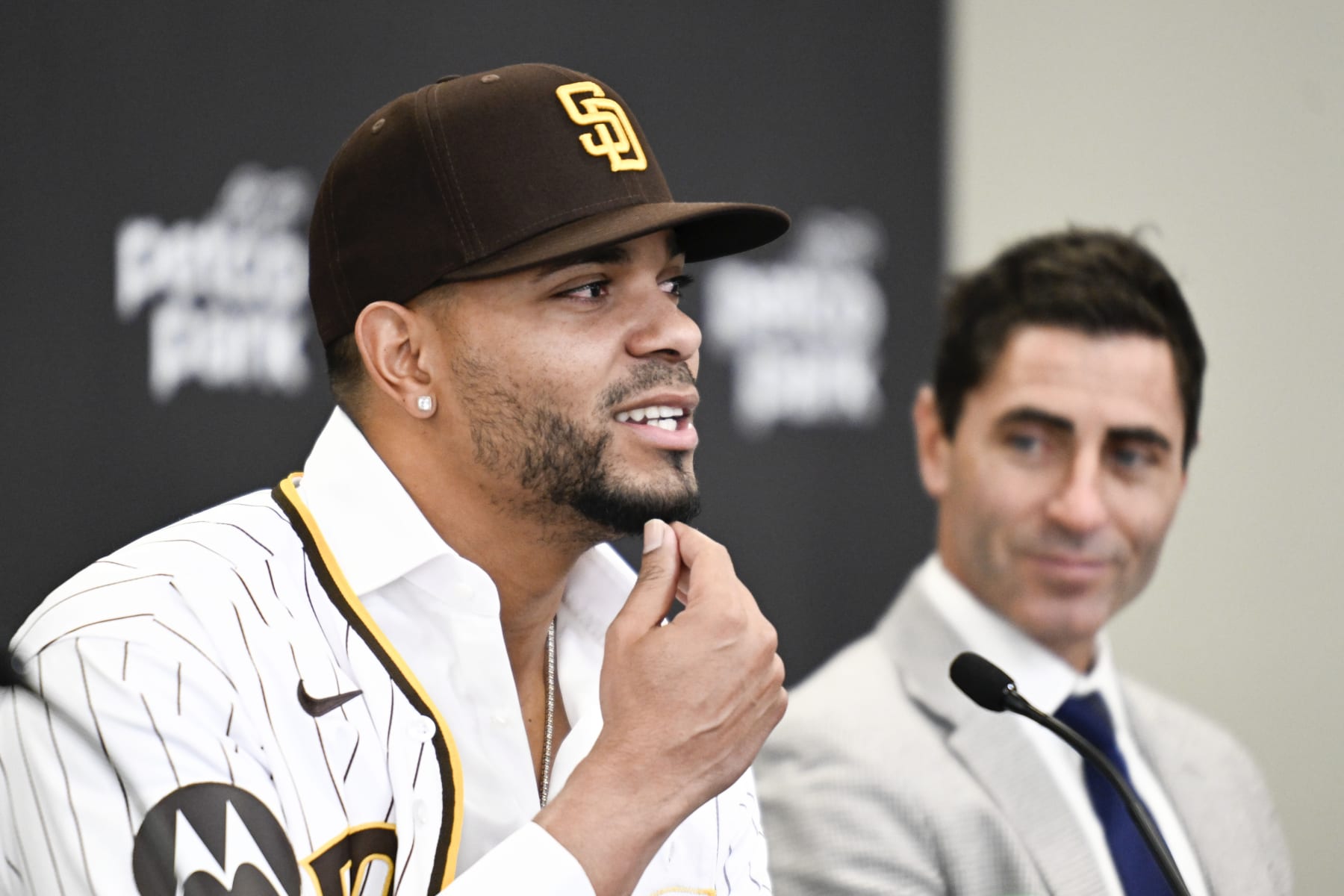
The ironic part is that the Red Sox's offseason actually started on a positive note.
They began dealing before the '22 season was even over, inking Enrique Hernández to a $10 million extension in September. An encouraging move on its own, and that much more so, given what chief baseball officer Chaim Bloom told the versatile 31-year-old.
"I'm not going to say he promised me," Hernández said, "but he promised me that we're going to be way better next year."
So it went in October, when there was buzz about the Red Sox extending Bogaerts and adding much-needed power. And into November, wherein Ken Rosenthal of The Athletic wrote that the Red Sox were showing a "strong willingness to spend." And even to earlier this month, when Bloom openly spoke of adding "seven, eight, nine, maybe more players."
It all sounded so good. And not even too good to be true, either.
Boston's projected 2023 payroll was at one point more than $80 million in average annual value short of next year's $233 million luxury-tax threshold. It's also not as if the Red Sox have been strangers to big spending in 20 years under John Henry, whose Fenway Sports Group empire is reportedly worth $9.8 billion.
And yet, here they are. Not just with a cringe-worthy list of departures but sans even one of the market's top-25 free agents or a single upgrade via the trade market. All because of hubris. Or maybe ignorance. Or some combination of the two.
It's all there in the Bogaerts saga. The supposed slap-like offer that Boston made him during spring training called for him to get another year and $30 million on top of the three years and $60 million he had remaining on his contract. At $90 million, the total guarantee was $50 million less than what the Red Sox had just given to Trevor Story.
Fast-forward to December, and Alex Speier of the Boston Globe reported Boston's final offer to be a whopping $120 million south of the $280 million he got from the Padres.
Even at the time, Boston seemed guilty of misreading the market. It was apparent that it was going to be hotter than expected when relievers Rafael Montero and Robert Suárez signed above-market deals in November. Once Jacob deGrom, Trea Turner and Aaron Judge greeted the winter meetings with deals worth a combined $845 million, even more so.
Now there's no longer any need to speculate. This quote from Bogaerts' agent, Scott Boras, on the Red Sox to Lee speaks volumes: "I can only say that the market for Xander was very different from what their models said. But that's happened before."
It's easy to put this on Bloom, and not undeservedly so, given Boras' subsequent shade about Bloom's player evaluations being "very defined." Yet ample blame must also be set aside for Henry and co-owners Tom Werner and Larry Lucchino. Bloom is their guy, after all, and one wonders if his valuations are so strict because his budget is, too.
What the Red Sox Have Done Isn't Nearly Good Enough
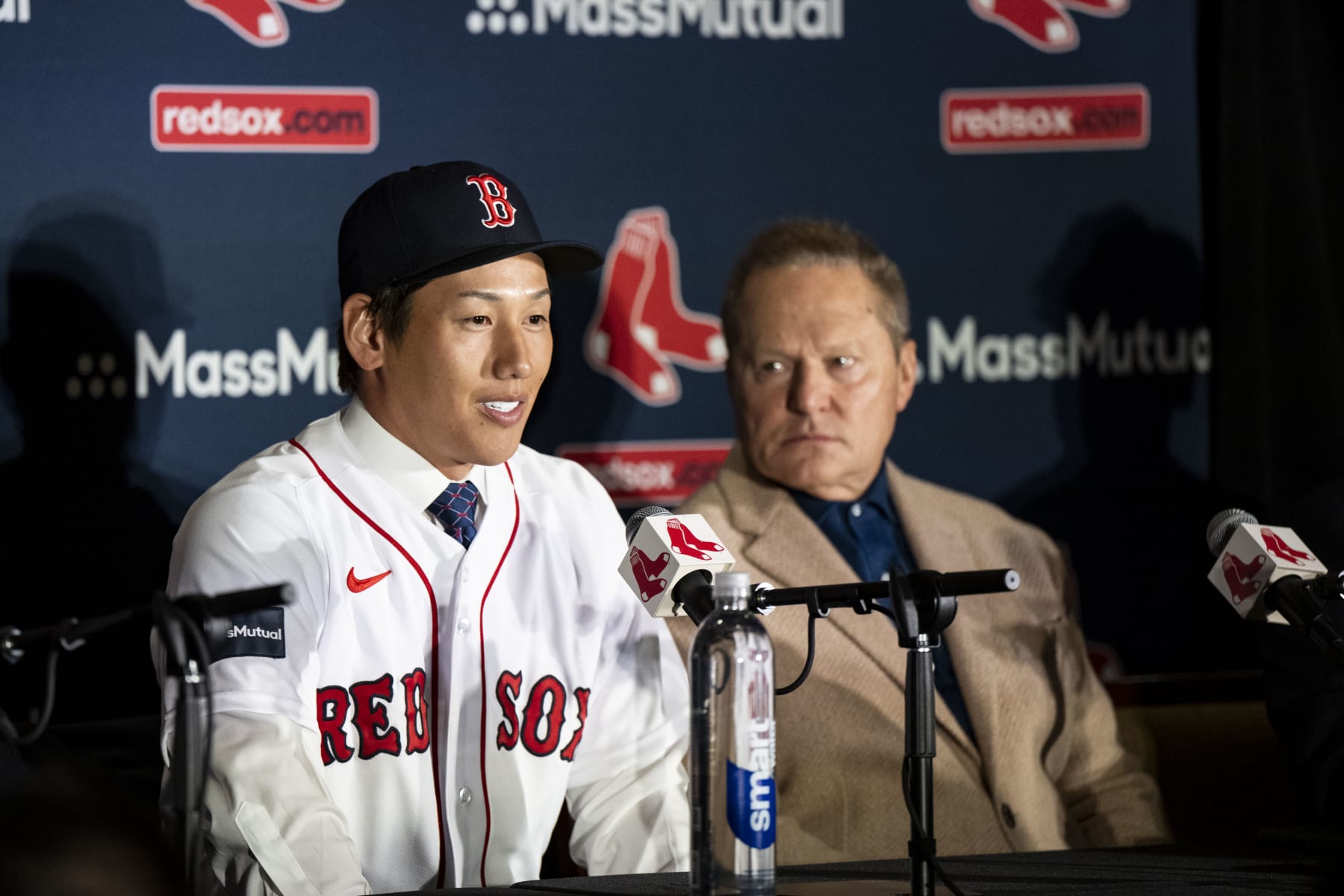
The Red Sox have, of course, not been totally derelict in their duty of improving the team.
Spotrac puts their free-agent spending at $73.2 million, which covers third baseman Justin Turner and relievers Kenley Jansen, Chris Martin and Joely Rodríguez. It's technically not counting Japanese star Masataka Yoshida, who inked a five-year, $90 million pact with Boston.
Heck of a lot of good it's done them, though. If FanGraphs' WAR projections for 2023 are any indication, the Red Sox are on track to be one of the AL's worst teams once again:
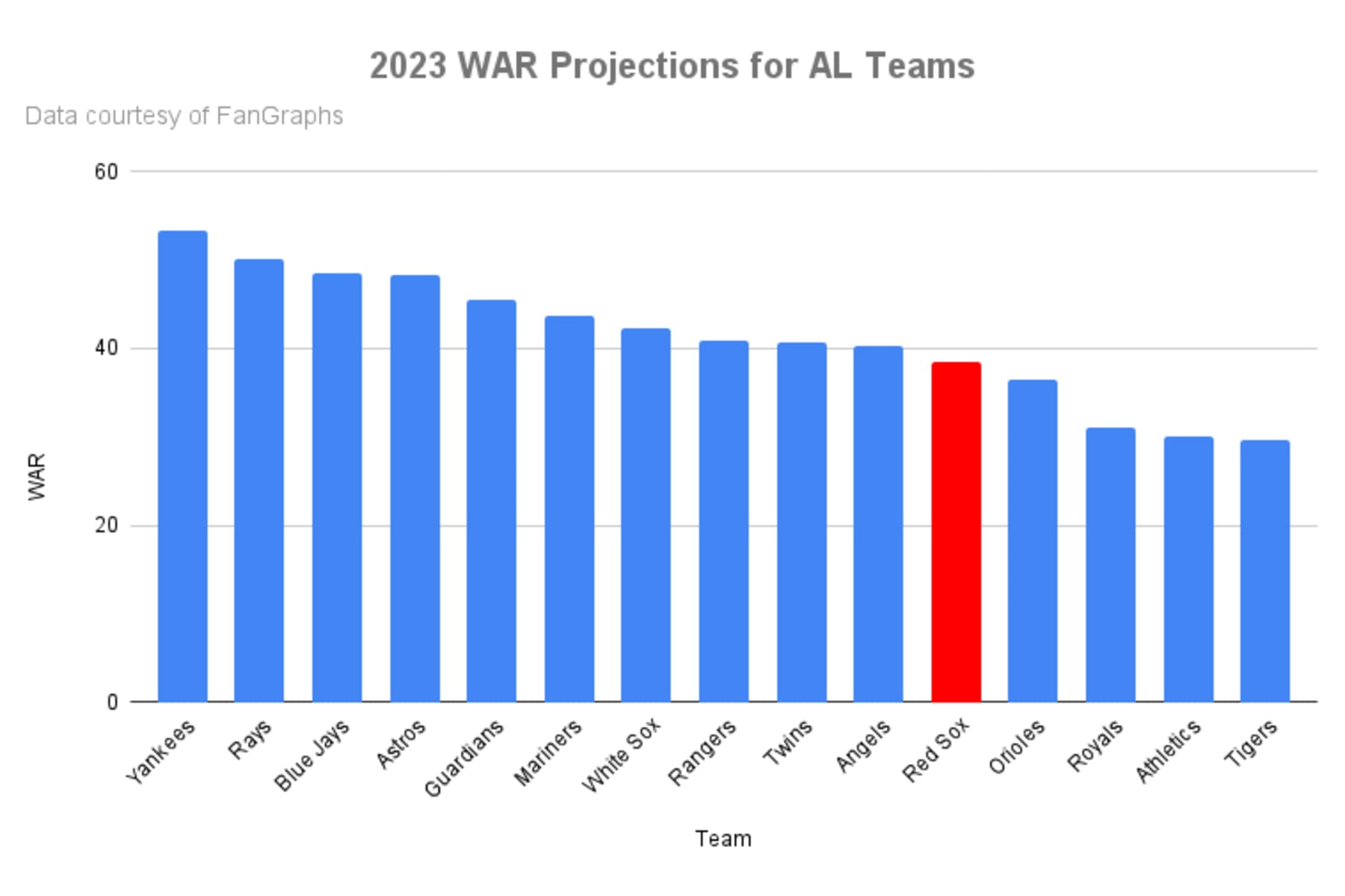
This right here highlights the major distinction between the Red Sox and other offseason losers like, say, the Los Angeles Dodgers. Though they've also suffered heavy losses while doing less than expected, they still project as a top-five team in the National League.
And this outlook might actually be too bullish on Boston, if for no other reason than it's contingent on the extremely unlikely possibility of the club getting 3.0 WAR from an older, more injury-prone Chris Sale.
There's likewise room for doubt as to whether Jansen will solidify Boston's bullpen from the top down. His reputation precedes him, but he's fresh off a career-high contact rate, and his slow tempo casts him as a bad fit for the upcoming pitch timer.
The Red Sox may therefore need their offense to do the heavy lifting in 2023, perhaps to a point where it'll need to be even better than the unit that finished fourth in the AL in scoring this past season.
This, also, is extremely unlikely.
The Red Sox will need Turner and Yoshida to be at least as good as Bogaerts and Martinez, who combined for a 127 wRC+ in 2022. Alas, the 38-year-old Turner is effectively an older and less powerful Martinez. And while Yoshida was a .326 hitter with decent power in Japan, seemingly nobody but the Red Sox believe he'll be an impact hitter in the majors.
Good Luck Trying to Salvage This Offseason
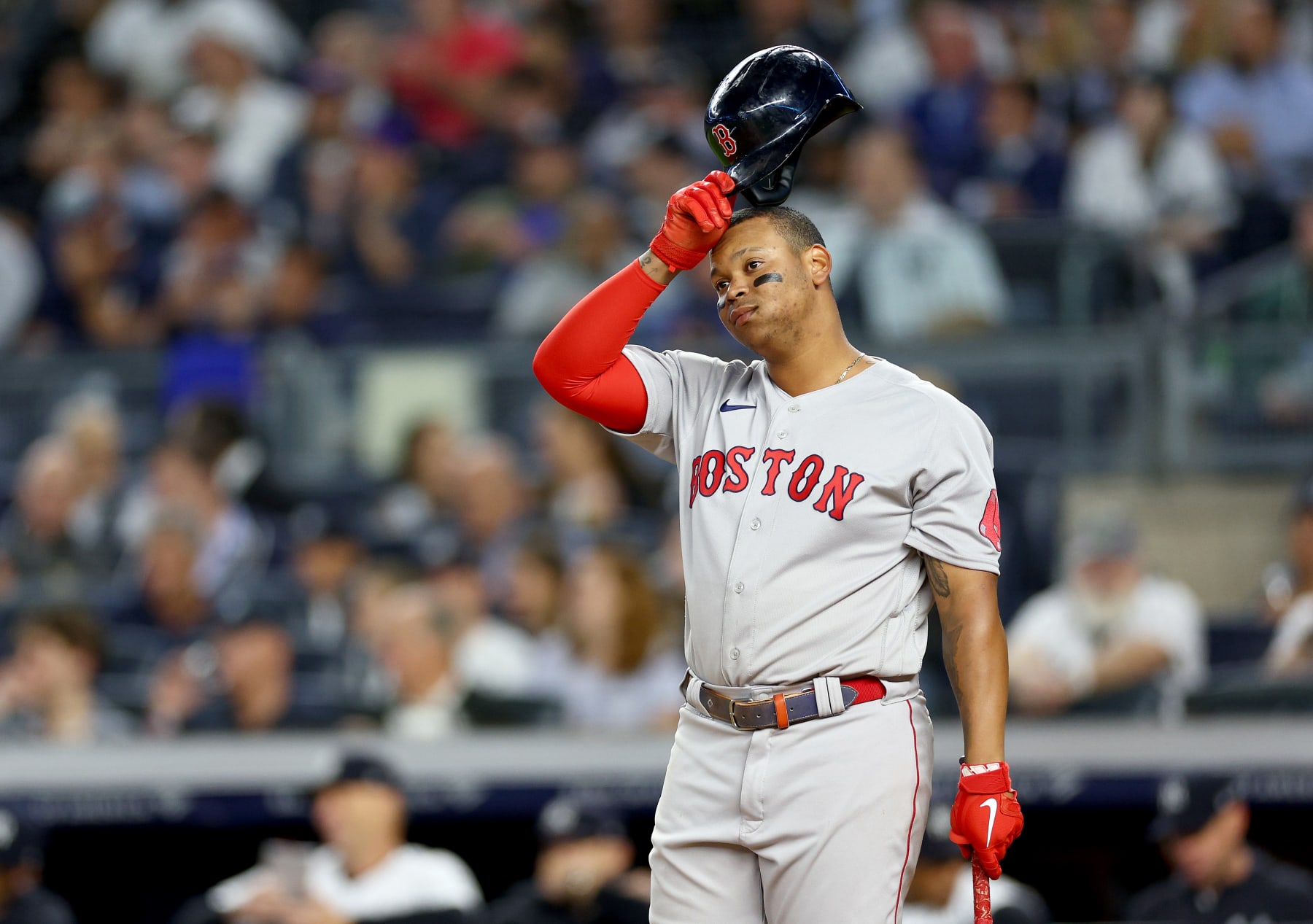
The silver lining should be that the Red Sox still have ample time to salvage their offseason, but what they don't have in as much abundance as time is options.
The free-agent market, as noted, has largely been picked clean. That basically leaves the trade market, which Bloom identified as "a really good route to adding impact to our club" to Chad Jennings of The Athletic.
And yet, it's doubtful that slugging first base prospect Triston Casas and hard-throwing righty Brayan Bello are going anywhere while they're slated to be a part of the big club in 2023. One supposes there's always Bobby Dalbec and Jarren Duran, but they have "value" like Wally has a full set of fingers.
None of this necessarily helps Boston's leverage in trade talks. Nor does the fact that the club's predicament is an open secret. It's hard to imagine them getting a favorable deal on anyone, particularly not on guys like Pittsburgh Pirates center fielder Bryan Reynolds (who wants out) and Cleveland Guardians shortstop Amed Rosario (who seems redundant).
Rather than miraculously acquiring immediate upgrades, the Red Sox's best hope for redeeming their offseason concerns Rafael Devers.
Ideally, the Red Sox will extend him before free agency calls his number after the 2023 season. The two-time All-Star third baseman is only 26 and thus a relatively safe bet for the kind of lifetime contract that's suddenly en vogue around MLB.
But since the word from Lee is that Devers and the Red Sox are "galaxies apart" in negotiations—and, boy, does that track right now— it's hard not to ponder if trading Devers is the more practical thing to do.
Even setting aside the galactic gulf in contract talks, there's logic in selling high on him now while he's riding high after slamming 65 home runs across 2021 and 2022. Perhaps he'll remain that guy in 2023, but there's always the possibility of him running afoul of injuries or ineffectiveness and losing value accordingly.
This, to be sure, is the nuclear option for what offseason the Red Sox have left to work with. But, hey, the fact that anyone can even have this thought is on them.
When you go from teasing the construction of a "way better" team to desperately trying to avoid becoming an even worse team, you've messed up.
Stats courtesy of Baseball Reference, FanGraphs and Baseball Savant.
Aaron Rodgers Doesn't Have to Be Great for the Packers to Be Good
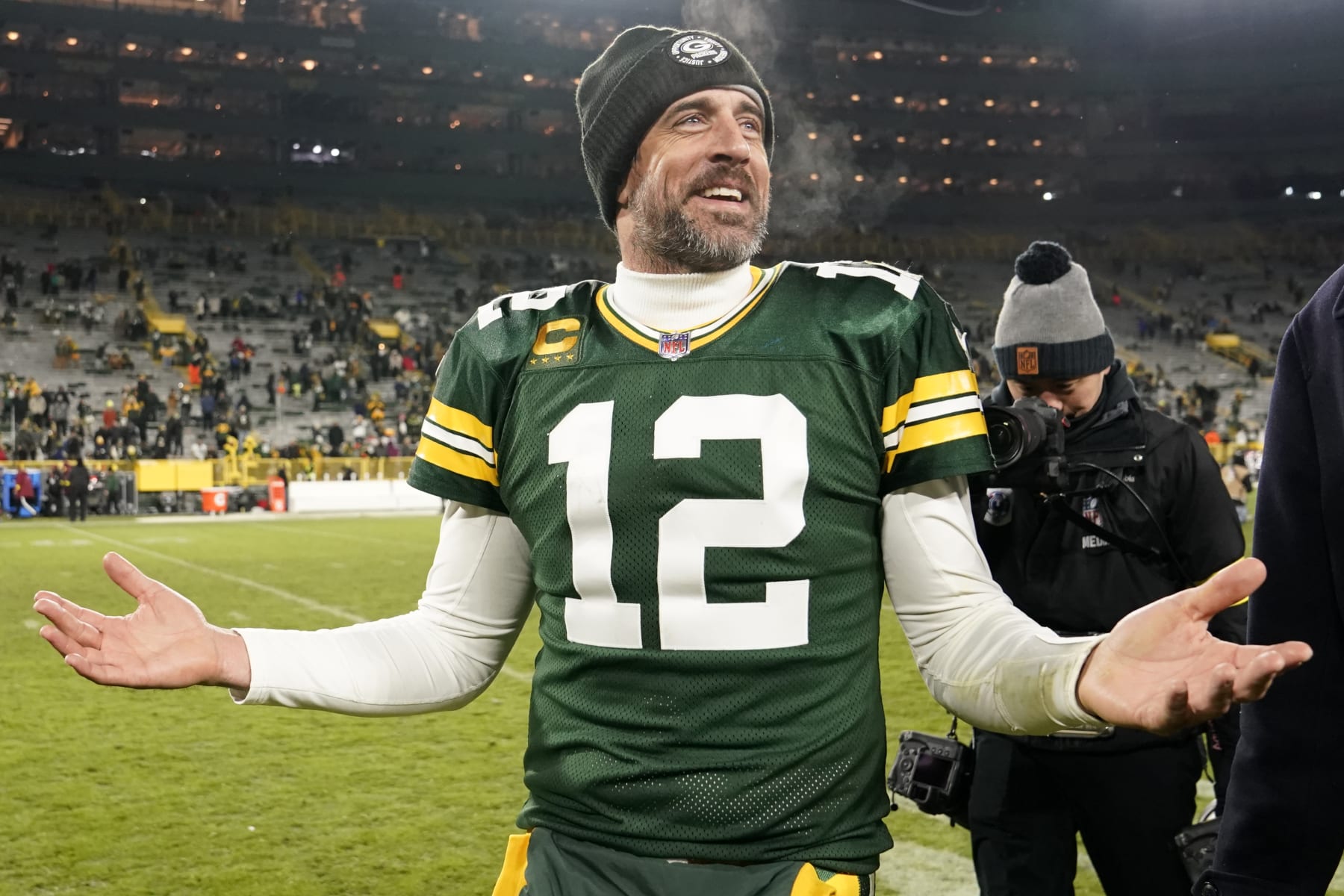
The Green Bay Packers were healthier coming out of their bye, and they got a big win over the Los Angeles Rams on Monday Night Football. The Packers team we saw—led by an aggressive defense and a strong running game—was the squad we expected to see in 2022.
For 6-8 Green Bay, though, the emergence of good, complementary football likely came too late to make a difference this year. It can, however, give the Packers a blueprint for how they can rebound in 2023.
That potential turnaround doesn't have to rely on quarterback Aaron Rodgers' return to MVP form either.
Green Bay does still have Rodgers, and the two-time reigning MVP—who has dealt with thumb and rib injuries this season—looked crisper and healthier after the extra rest. He also made a handful of brilliant throws. Yet this game was dominated by the defense and running backs Aaron Jones and AJ Dillon.
Jones and Dillon combined for 126 rushing yards, 71 receiving yards and three touchdowns. The defense logged five sacks and an interception and held L.A. to just 156 yards. Green Bay dominated time of possession, holding the ball for more than 37 minutes of game clock.
Rodgers, meanwhile, spent much of the contest playing the game-manager role.
This is how the Packers were supposed to win games. The defense is loaded with talented playmakers in Preston Smith, Kenny Clark and Jaire Alexander. Jones and Dillon are one of the top running back duos in the NFL.
Rodgers shouldn't have to carry this offense the way he has in years past. With top wideout Davante Adams having been traded in the offseason, asking him to do so was always going to be a challenge.
The Packers do have promising rookie receivers in Christian Watson and Romeo Doubs plus proven complementary receivers in Allen Lazard and Randall Cobb. However, Watson and Doubs have had injuries and have rarely played together.
According to The Athletic's Matt Schneidman, they had played just 70 snaps together before Monday night.
With that and their lack of experience, and with a new offensive coordinator in Adam Stenavich, the offense hadn't showcased much chemistry. Even on Monday—arguably Green Bay's most complete game of the season—miscommunication was prevalent.
On Rodgers' first-quarter interception, he and Lazard appeared to be on different pages.
Late in the game, when the Packers were trying to close it out, Watson was out of position for what might have been an easy touchdown—something Rodgers joked about after the game.
"You wanna catch touchdowns, you run the right routes," Rodgers said on ESPN during the postgame segment.
Rodgers was able to laugh because this game didn't end in disaster due to a picked pass or missed opportunity. The defense and the running game took care of business and made his job relatively easy.
The 10-time Pro Bowler finished 22-of-30 for 229 yards with a touchdown and an interception. That's not what fans are used to seeing from the Rodgers of years past, but it was good enough. If the rushing attack and defense control games as they did, good enough will be all Green Bay needs from Rodgers to be successful.
It's a formula the Packers have finally figured out over the past few weeks. But even after Monday's win, their playoff chances are incredibly slim.
The Packers have to beat the Miami Dolphins, Minnesota Vikings and Detroit Lions to even have a shot. Getting the Seattle Seahawks to lose another game is doable, as they finish with the Kansas City Chiefs, New York Jets and Rams.
That the Washington Commanders will lose two of three (against the San Francisco 49ers, Cleveland Browns and Dallas Cowboys) is probably more likely than the New York Giants' losing all three (Vikings, Indianapolis Colts, Philadelphia Eagles), but both are possible.
Still, a lot has to happen, and the reality is that Green Bay's season will probably end early next month.
However, Rodgers' time in Green Bay isn't likely to end in January. He signed a three-year, $150.8 million extension in the offseason and will have $99.8 million in dead money remaining on his contract in 2023.
Unless Rodgers retires, he will be Green Bay's starter next year. The franchise's focus in 2023 should be on helping Rodgers to continue transitioning to that game-manager role.
General manager Brian Gutekunst will have his work cut out for him in that regard. Green Bay is projected to have just $3.5 million in cap space and has several impending free agents to address.
That includes key players such as Lazard, Cobb, offensive lineman Elgton Jenkins, tight end Robert Tonyan, safety Adrian Amos and safety Rudy Ford.
It wouldn't hurt to add another veteran to the receiving corps either, though the free-agent receiver class—headlined by JuJu Smith-Schuster, Nelson Agholor and Jakobi Meyers—isn't exactly impressive.
Perhaps Green Bay can land a new No. 1 receiver in the draft by targeting a top prospect such as USC's Jordan Addison or Ohio State's Jaxon Smith-Njigba. Really, though, it should worry more about reloading the offensive line and the defense. The draft should provide an excellent opportunity to do just that.
According to the Bleacher Report Scouting Department's early rankings, 20 of the top 32 prospects are offensive linemen or defenders.
The Packers should put extra focus on shoring up a run defense that came into Week 15 ranked 30th in yards per carry allowed (5.0). Building in the trenches would allow Green Bay to try winning by controlling the clock and tempo and leaning much less on Rodgers' throwing shoulder.
That's the right formula, especially in the NFC North. The Vikings and Lions have shown they can win shootouts, but no team in the division is particularly great against the run.
The Vikings, Lions and Chicago Bears rank 18th, 26th and 27th in rushing yards allowed this season. Rodgers may no longer be equipped to out-quarterback the rest of the division. He can win by playing smart, managing the offense and making the occasional big throw.
And those big throws may come more frequently as he, Watson and Doubs continue to grow together in Stenavich's offense.
Of course, Rodgers may never dominate defenses as he did just a year ago. That's OK, because Green Bay's path to redemption next season isn't all about the quarterback. It's about building around the backfield, fielding an aggressive and opportunistic defense and cleaning up the mistakes that have cost the Packers this season.
Rodgers doesn't have to be great if the team around him is—and Green Bay can be great if it can execute the same game plan it did against Los Angeles.
Monday's game was the closest to a complete one the Packers have played this season.
Green Bay did notch an overtime victory against playoff-bound Dallas in Week 10, but that was far from a complete performance. The Packers turned the ball over twice and allowed 159 rushing yards, but they did run the ball well (207 yards), force mistakes (two interceptions, two sacks) and get late-game greatness from Rodgers in the comeback (two fourth-quarter touchdown passes).
Against the Rams—who at 4-10 are admittedly a lower-tier team than the Cowboys—the Packers imposed their will from start to finish. They didn't need late-game heroics from Rodgers because their backfield and defense set the tone.
Now it's time to build on that win, look ahead to 2023 and maybe—just maybe—get enough breaks to sneak into the postseason this year.
